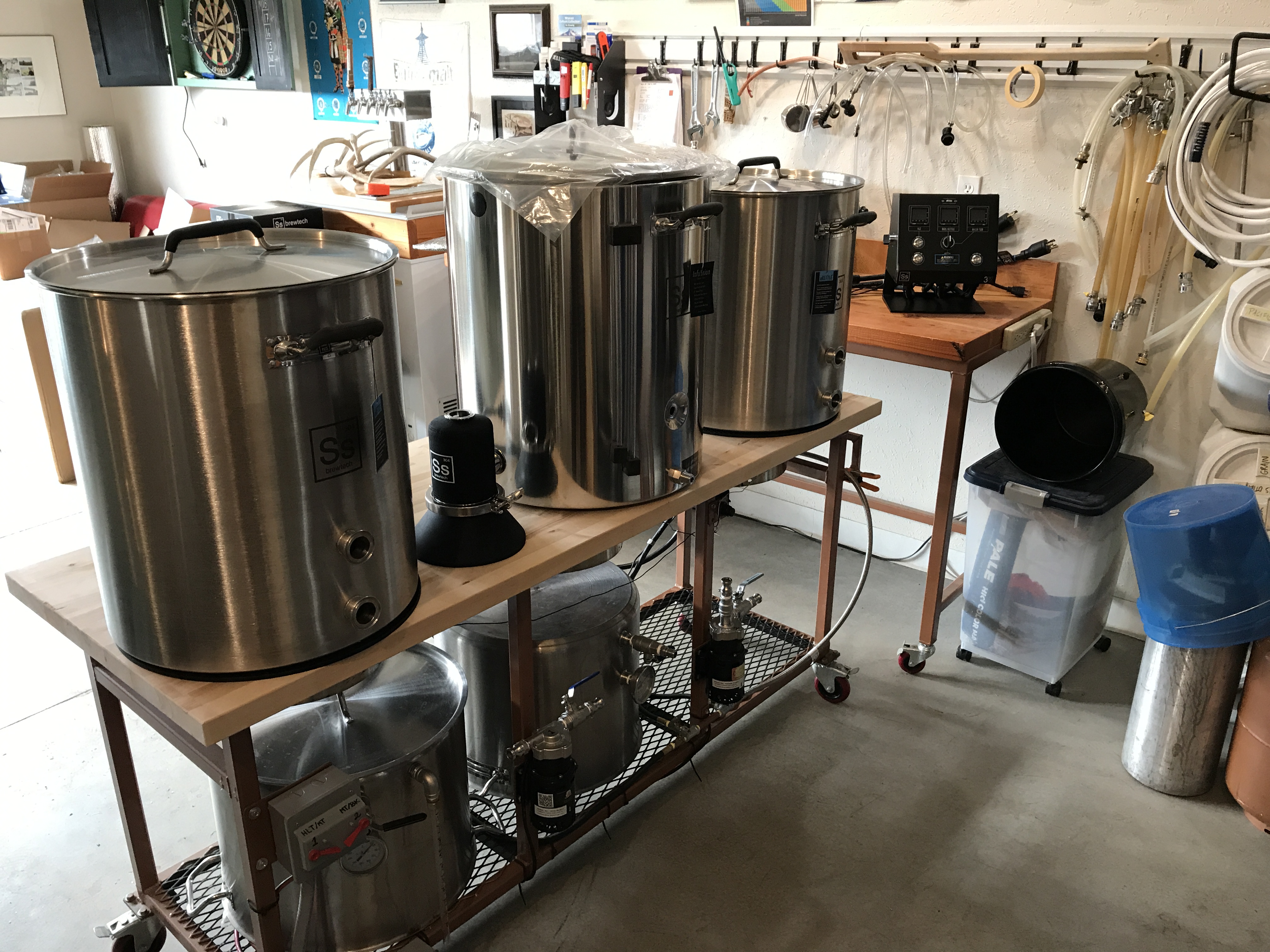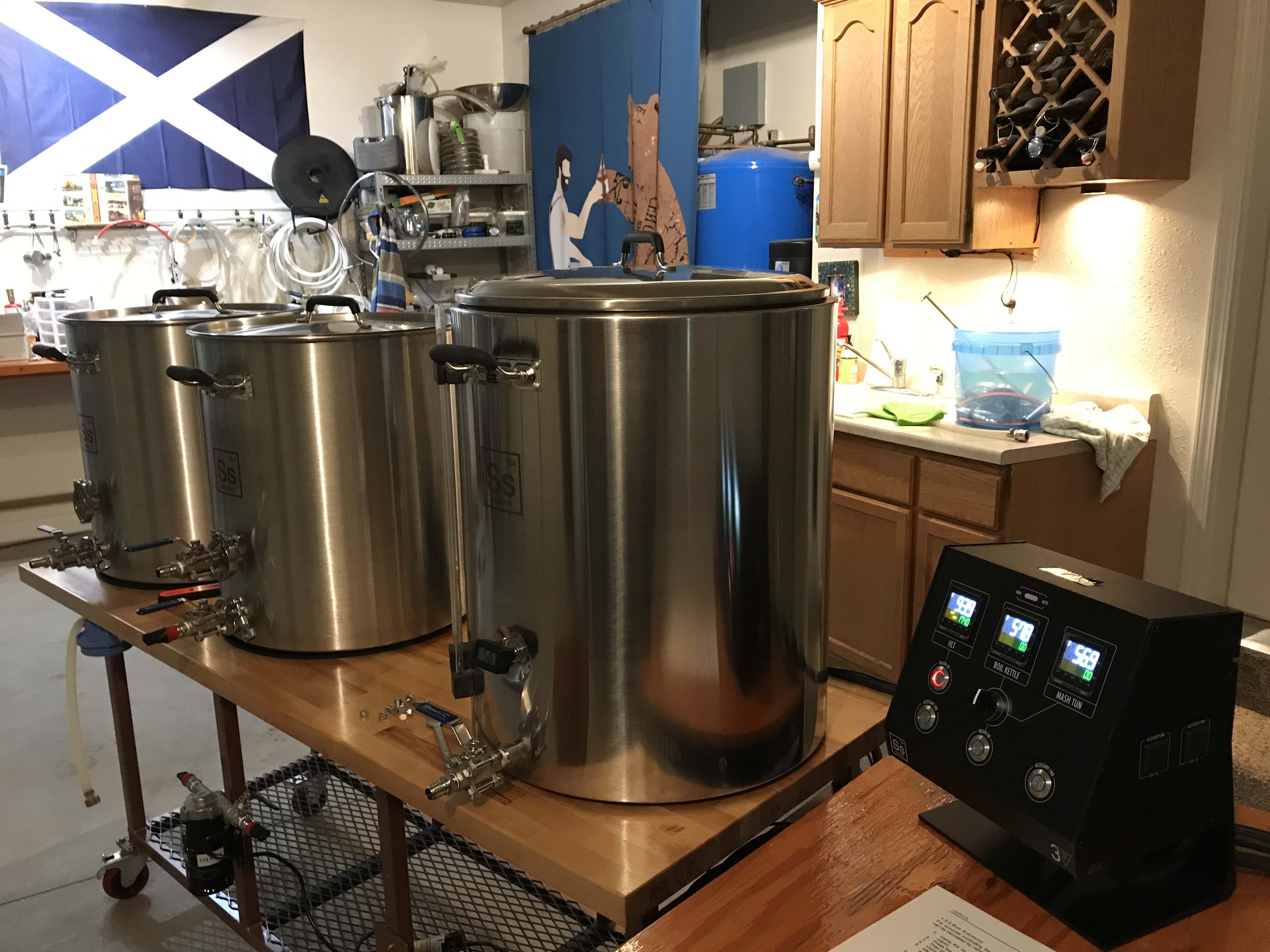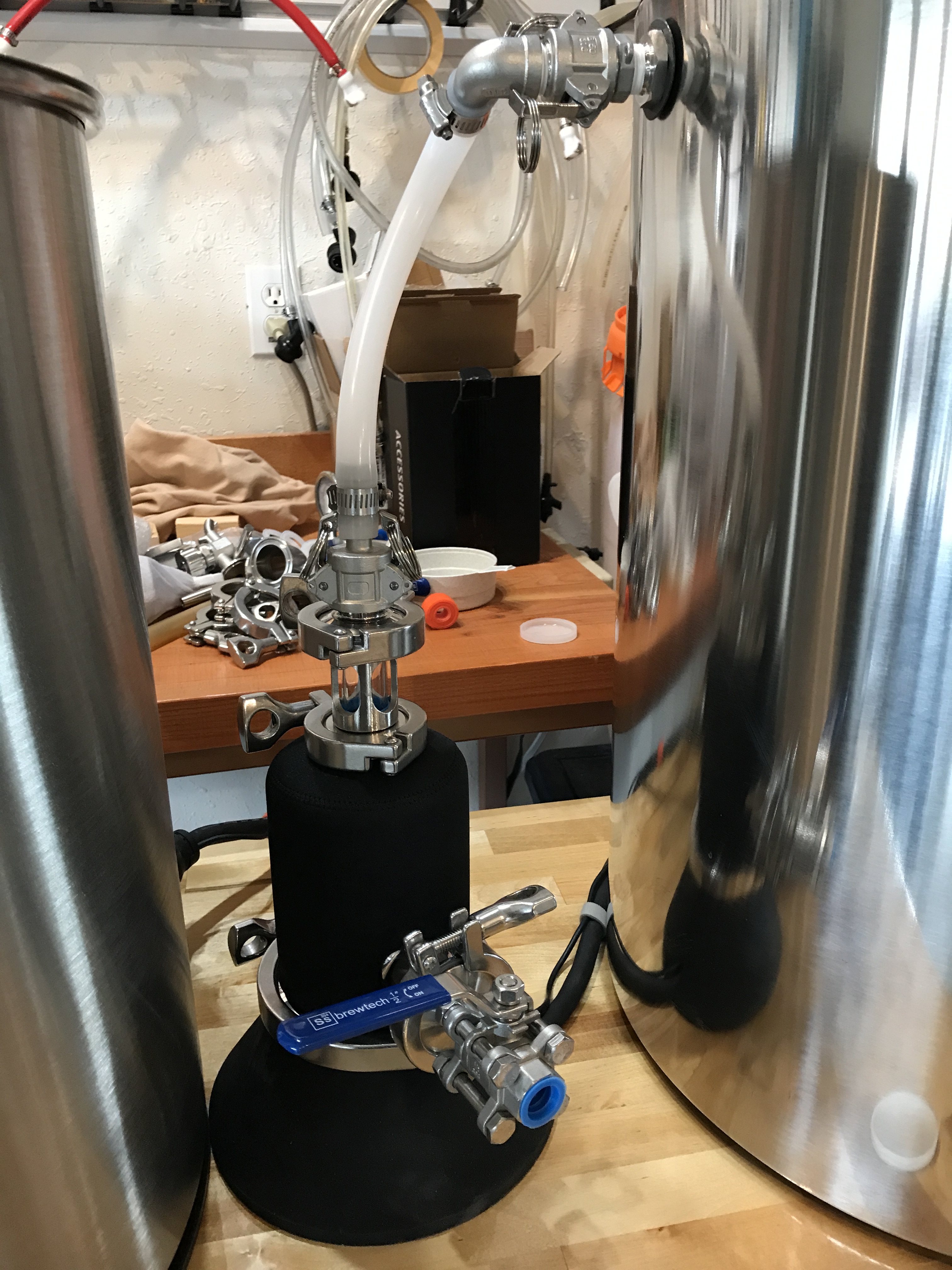Southern_Junior
Well-Known Member
Thanks for the great post! I just unboxed my 3V system today, and am waiting for the electrician. Will post photos once I've got it running. One question, which might be off track, but I always wondered about: everyone's pumps seem to be oriented horizontally, but I've always had mine mounted vertically. Is there a reason horizontal is better?

This is just how I designed my cart. I don’t think it really matters.
I will add that the riptide pumps are amazingly quiet.




























![Craft A Brew - Safale S-04 Dry Yeast - Fermentis - English Ale Dry Yeast - For English and American Ales and Hard Apple Ciders - Ingredients for Home Brewing - Beer Making Supplies - [1 Pack]](https://m.media-amazon.com/images/I/41fVGNh6JfL._SL500_.jpg)





















